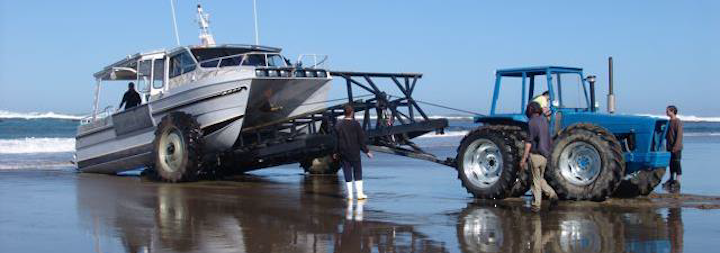Long term strategic relationships
The NZ RLIC notes that the historical performance of the rock lobster industry and the strategic relationships that have been developed with non-commercial stakeholder groups were consolidated in the National Rock Lobster Management Group (NRLMG).
The strategy of stock rebuild determined by the Rock Lobster Steering Committee, and which forms the framework for the National Rock Lobster Management Group annual recommendations, was driven by industry.
Stock improvements driven by industry
It is generally acknowledged that all the meaningful management interventions that have contributed to the improved rock lobster stock abundance since 1988 have been industry initiatives subsequently agreed and implemented by the Ministry of Fisheries. These initiatives include:
- aligning the minimum legal size (MLS) of rock lobsters to enable agreed fishery management outcomes
- improvement in handling procedures and the consequent reduction in sub-legal mortalities
- total allowable commercial catch (TACC) adjustments on a region by region basis rather than ‘one stock’ for all of New Zealand
- adoption of decision rules and currently more sophisticated management procedures to guide total allowable catch (TAC) setting
- voluntary TACC reductions
- enforcement initiatives
- closed seasons.
Strategic alliances with non-commercial sectors
Regional industry groups began to establish strategic working alliances with non-commercial sector groups around 1991. Several CRAMACs currently have important associations with recreational and customary user groups at both local and regional levels which underpin regional harvest initiatives that have proven to be of mutual benefit to all participants.
Regional initiatives
Sophisticated regional harvest initiatives developed and promoted by industry:
- maximise the economic returns from a quota limited fishing opportunity
- minimise tensions between commercial and non-commercial fishermen, and
- accelerate the rebuild of stocks which prior to 1990 were assessed to be significantly less than optimum.
Long term planning and goals
The rock lobster industry has also worked with stock assessment scientists and fisheries economists to develop bio-economic models to test alternative management approaches and to guide research planning in support of preferred approaches.

Demonstrating the value of rock lobster fisheries enables fisheries managers to better evaluate the costs and benefits associated with management decisions. The industry goal is to maximise the economic opportunity that can be derived from rock lobster fisheries by ensuring stock sizes are maintained at optimal levels (agreed to be above statutory reference levels) and catches are constrained to the limits of the allowances made when setting TACs.
